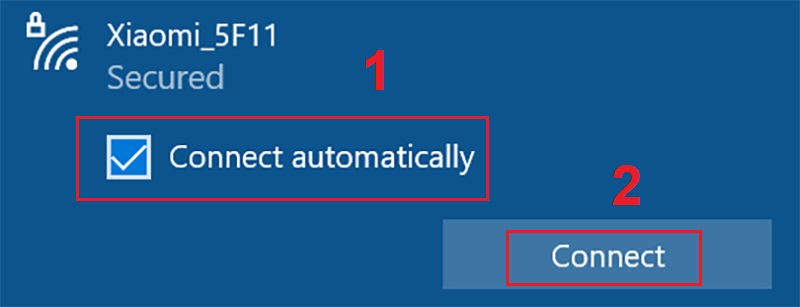

This can be a bit inconvenient, as you have to enter your passphrase on each new device you connect.

The router derives an encryption key from your passphrase, which it uses to encrypt your wireless network traffic to ensure people without the key can’t eavesdrop on it.

This essentially gives you a password that protects your Wi-FI network from unauthorized access. The “PSK” stands for “pre-shared key.” You set up a wireless passphrase on your router and then provide that same passphrase on each device you connect to your WI-Fi network. Most home users should be using WPA2-Personal, also known as WPA2-PSK. RELATED: The Difference Between WEP, WPA, and WPA2 Wi-Fi Passwords


 0 kommentar(er)
0 kommentar(er)
